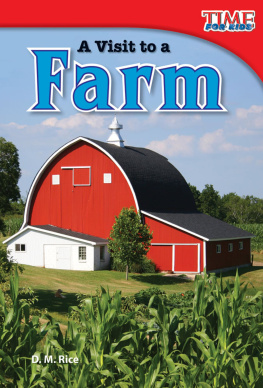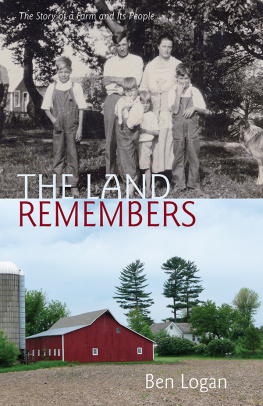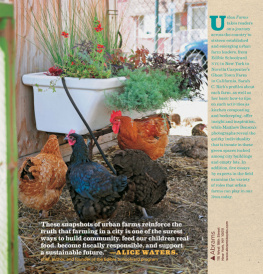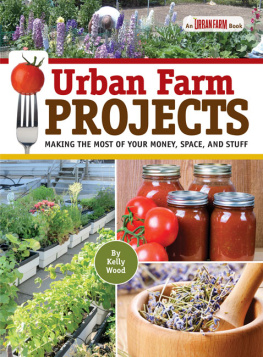Willowdale
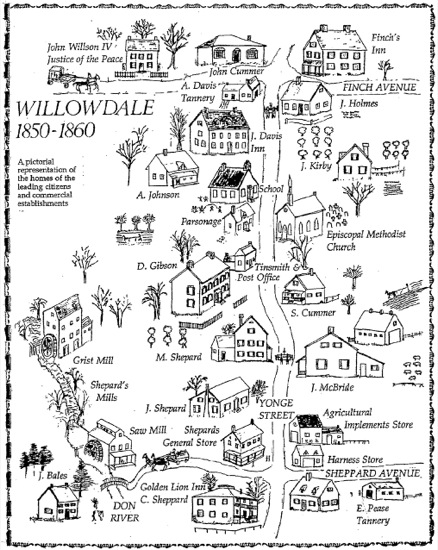
A 19th Century Farming Community in the Heart of North York . This map comes from a loose-leaf booklet published by the North York Historical Board in 1984. The booklet was researched, written, and designed by Brian Theimer and revised and updated in 1995.
Courtesy of North York Central Library.
Copyright
Copyright Scott Kennedy, 2013
All rights reserved. No part of this publication may be reproduced, stored in a retrieval system, or transmitted in any form or by any means, electronic, mechanical, photocopying, recording, or otherwise (except for brief passages for purposes of review) without the prior permission of Dundurn Press. Permission to photocopy should be requested from Access Copyright.
Project Editor: Laura Harris
Editor: Jane Gibson
Copy Editor: Britanie Wilson
Design: Courtney Horner
Epub Design: Carmen Giraudy
Library and Archives Canada Cataloguing in Publication
Kennedy, Scott, 1952 February 22-, author
Willowdale : yesterdays farms, todays legacy / Scott
Kennedy
Includes bibliographical references and index.
Issued in print and electronic formats.
ISBN 9781459717527
1. Willowdale (Toronto, Ont.)--History. 2. Willowdale
(Toronto, Ont.)--Biography. I. Title.
FC3097.52 K47 2013 971.3541 C2013-905481-2
C2013-905482-0
We acknowledge the support of the Canada Council for the Arts and the Ontario Arts Council for our publishing program. We also acknowledge the financial support of the Government of Canada through the Canada Book Fund and Livres Canada Books, and the Government of Ontario through the Ontario Book Publishing Tax Credit and the Ontario Media Development Corporation.
Care has been taken to trace the ownership of copyright material used in this book. The author and the publisher welcome any information enabling them to rectify any references or credits in subsequent editions.
J. Kirk Howard, President
The publisher is not responsible for websites or their content unless they are owned by the publisher.
Visit us at: Dundurn.com
Pinterest.com/dundurnpress
@dundurnpress
Facebook.com/dundurnpress
To Anne
Contents
Introduction
If you ate today , thank a farmer
sign on a fence post, south of Perth, Ontario, July 2011
Kids take everything for granted. I was no different. Growing up on Torontos rural fringe, I explored the land and buildings of abandoned farms with more a sense of adventure than a sense of loss. Abandoned barns with buggies suspended from the rafters were more playgrounds than nostalgia to me then, but what I wouldnt give now to tuck my middle-aged brain into my boyhood skin to go back with a camera and a notebook and at least document what I saw in a respectful fashion.
This book then, must partly be regarded as an apology to the families who worked so hard to build their beautiful farms to feed us all; an apology from a boy on a bike who was more impressed by the bulldozers than what they were bulldozing. We can never go back. Life doesnt flow in that direction. We will never again see fields of grain at the corner of Leslie and Finch or hear the blacksmiths hammer ringing out across Hoggs Hollow, but we can take comfort in the stories and photos of the past, close our eyes and imagine a quieter time.
We can learn to appreciate the lives and accomplishments of these families whose names we may have only seen on street signs or historical plaques, and in so doing, offer our long overdue thanks.
Each chapter in this book describes either a specific farm or a specific family and follows their stories from the original Crown land grants near the dawn of the nineteenth century to the present day. It is my sincere wish that this book will give readers a new connection to present-day Willowdale and a new appreciation of those who have gone before. Its a lot easier to be stuck in traffic if you know whose farm you are on and can take the time to consider what they had to go through to make ends meet.
The name Willowdale has defined different areas through different eras. The origins of the name date back to 1855 when David Gibson successfully petitioned the government of Upper Canada for a post office to serve the area around his farm at Yonge Street and Park Home Avenue. He suggested the name Willow Dale, which was adopted. The area to the north, between Cummer and Steeles Avenues, was referred to as Newtonbrook at this time. In 1866, another post office opened to the south of Willow Dale at the intersection of Yonge Street and Sheppard Avenue. It was called Lansing, as was the community that grew up around it. As time went by, however, postal delivery was streamlined, and by the middle of the twentieth century the slightly renamed post office of Willowdale was serving the entire area from south of Sheppard to Steeles and from Bathurst Street to Leslie Street. The names Lansing and Newtonbrook continued in use on a localized basis as the whole area gradually came to be known as Willowdale. After the amalgamation of the six separate municipal governments in Metropolitan Toronto into the new City of Toronto in 1998, the post office address for the entire city officially came under the collective name of Toronto.
For the purpose of this book, Willowdale is defined as the area south of Steeles Avenue; north of Highway 401, west of Leslie Street, and east of Bathurst Street. Street names used in these stories are present-day names to allow for an easier visualization of the location of various farms.
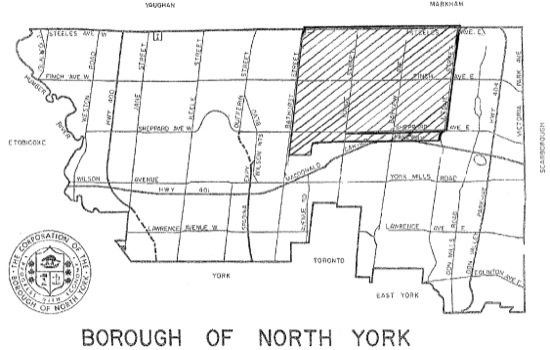
Map of North York with Willowdale highlighted, adapted from the Borough of North York Historical Site Map, circa 1970.
Courtesy of North York Central Library.
{Background}
The Lives of the Early Settlers
and the Birth of North York
There are 44,442 acres in North York, enough for 222 full-sized two-hundred-acre farms. It was a great place for farms, with some of the most fertile land in the world, thanks to the deposits left behind by receding glaciers after the last ice age. The area had seen its fair share of nomadic, aboriginal activity for thousands of years before the first permanent settlements were established at the surprisingly late date of 1400 A.D. French priest and explorer tienne Brl was thought to be the first European to set foot in North York when he travelled down the Humber River, on his way from northern Ontario to Pennsylvania, in September 1615. For the next 170 years or so the only other Europeans would be fur traders and explorers passing through on their way to points north and west. It was not until the late 1700s that any thought was given to permanent white settlement in the area.


